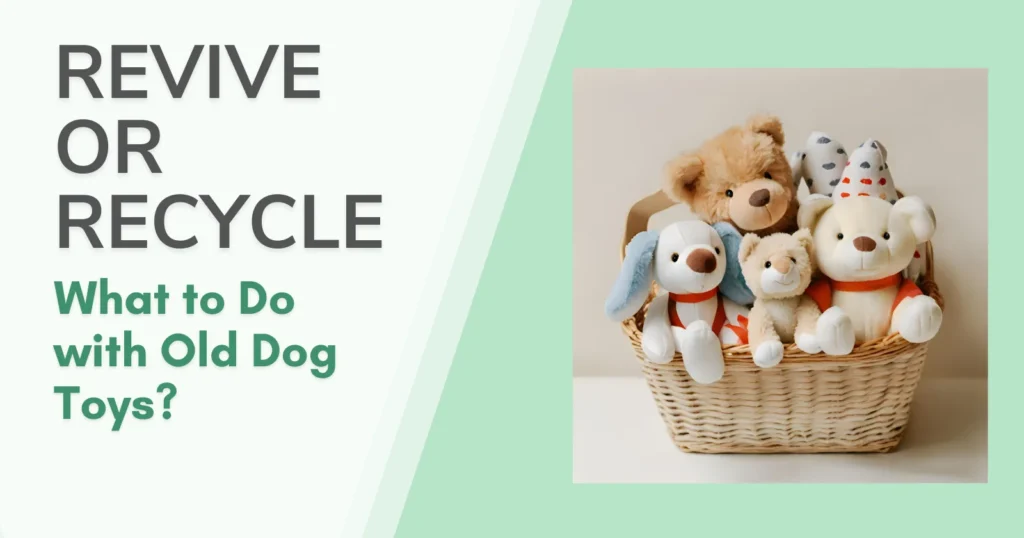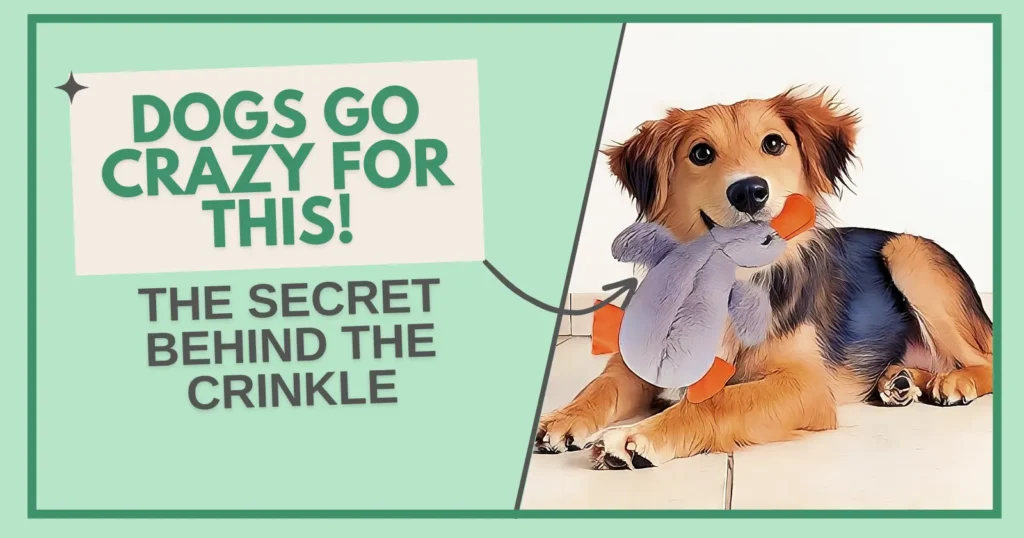I remember waking up to the sound of my puppy chewing and gnawing vigorously on their favourite toy, wagging his tail with pure blissful joy. It’s no surprise that dogs love to chew on things. There must have been many surprise events where you discovered that your furry friend had nibbled on your leather loafers.
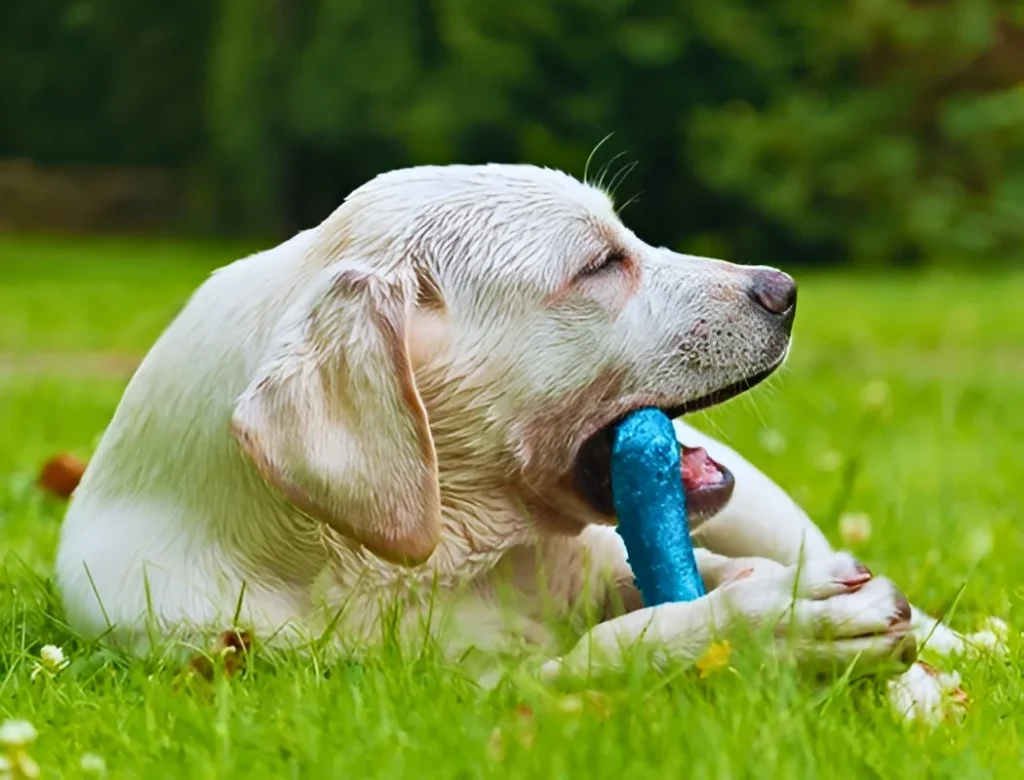

It is a quintessential part of their existence that helps them keep their jaw strong and teeth clean. Puppies especially go through the teething phase that helps their gums feel better.
There are a handful of materials that help curate toys that are safe for your pets to play with. These materials are selected based on the following factors:
- Safety
- Durability
- Size and Shaping
- Wear and tear
Materials used for making chew toys
Several durable materials are used for making chew toys for dogs. They include wood, plush, nylon, latex, rawhide and even some edible chews. However, the safest and non-toxic chew toys are made from naturally synthesized rubber and silicone, as they do not damage our pet’s teeth.
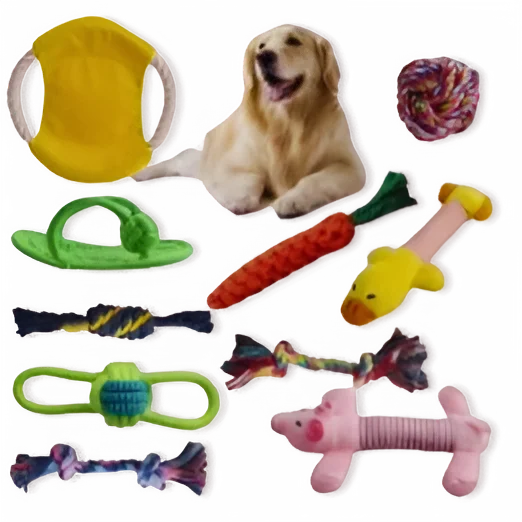

- Rubber is an excellent and resilient material for chew toys. It is tough yet durable and gentle on your canine’s teeth. Depending on the dog’s chewing patterns, it is available in different shapes, sizes and hardness levels. Furthermore, you can find options that are made from all-natural rubber.
- Silicone toys are an excellent option for digs with less aggressive chewing patterns. They are flexible and generally dishwasher-safe, which makes them easy to clean.
- Nylon toys are tough and, therefore, designed for aggressive chewers. They are radially available in a variety of sizes, shapes and flavours. If you’re picking them out, take note of the strength of chewing to avoid damage to your dog’s jaw and teeth.
- Rope toys are a blend different fibers and keep your pet’s teeth clean. They are popular, and you may play tug of war whether you like it or not. However, try to supervise your furry friends when they play with rope toys, as ingesting them can lead to serious gastric problems.
- Plush toys are popular among smaller dogs and teething puppies who chew heavily. Some of them may come in with squeakers, but they are usually soft and stuffed with filling. If your dog likes gnawing and cuddling, this should be your pick.
- Latex is the perfect option for puppies and light-chewing dogs. They are softer than rubber toys and come in many fun shapes, colours, and sizes. Some of them may even have squeakers.
- Rawhide chew toys are made from natural ingredients such as animal bones and skin. They tend to not last for longer periods of time. They are, however, prone to controversy as they can lead to choking hazards or cause digestive blockage in case of swallowing large pieces.
- Edible chews are formulated from bull body parts or vegetable starches; hence, they are safe even if ingested. They may vary in durability but are designed to be consumed.
- Wood is another material used for making chew toys. It may be derived from wood composites or safe chewable wood. It is a good option for dogs that like playing with sticks, but be careful as they may splinter.
Note: Each dog follows a different chewing pattern. It could be aggressive, where they shred it into pieces; they could be gentle and caring, or they could be the type that huffs their toys such that they are not found again. When picking out their chew toys, you should keep the pattern in mind.
Chew toys are to be avoided.
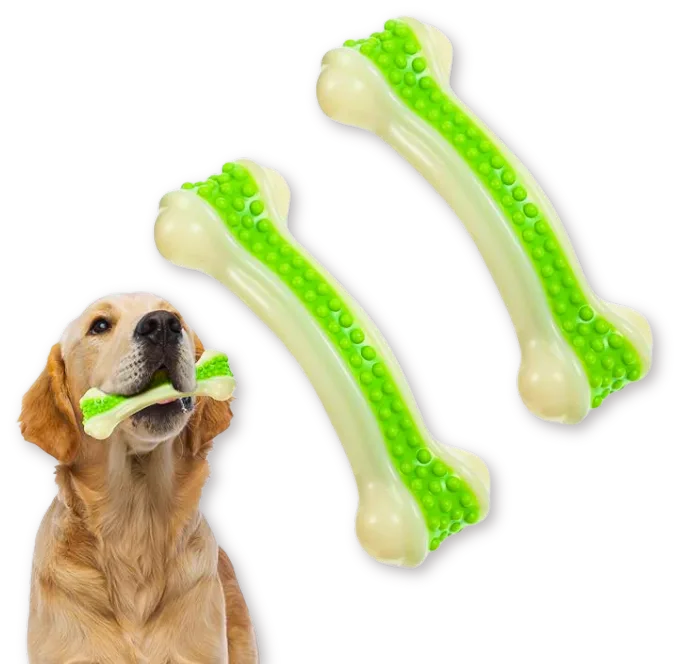

Bones, cow hooves, deer and elk antlers, and chew toys made of hard plastic or nylon should be avoided. They might cause your dog’s teeth to crack or lead to gastrointestinal blockage or even choking hazards.
How to clean chew toys
Rubber, nylon, and silicon can be easily washed by hand or dishwasher. Scrubbing them thoroughly helps clean off dirt and debris.
Plush toys are to be washed in the washing machine.
Rope toys can becleaned in the dishwasher, thrown laundry, and by hand.
Hard chew toys are to be washed by hand using warm, soapy water and giving them a good scrub. These include toys made of wood, antlers and bones.
Rawhide toys are not easy to clean and are generally considered single-use. Give them a good rinse under water, if necessary, as its lifespan is limited.


General tips:
- Inspect Toys Regularly: Always check toys for signs of wear and tear and replace them when they become too small, broken, or otherwise unsafe.
- Disinfect When Necessary: For a deeper clean, especially if your dog has been sick or the toy is dirty.





